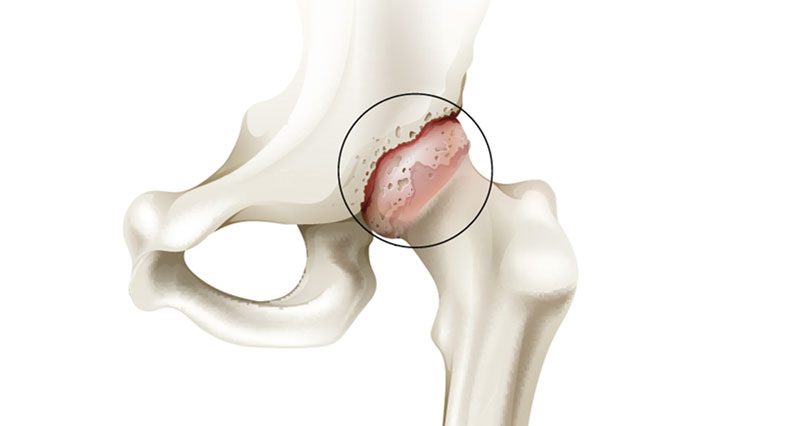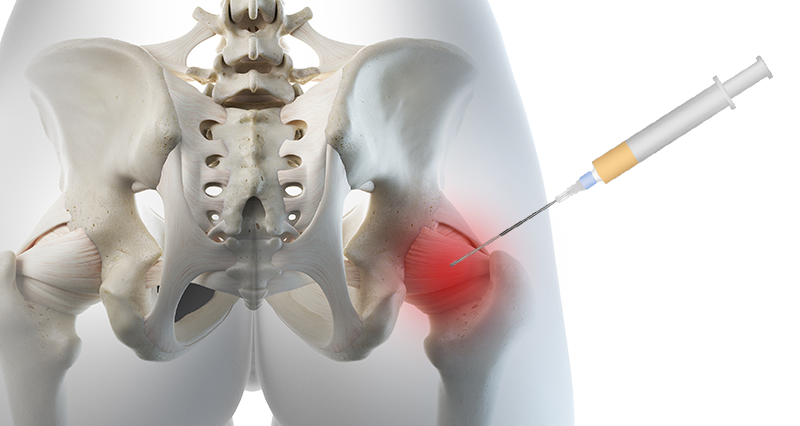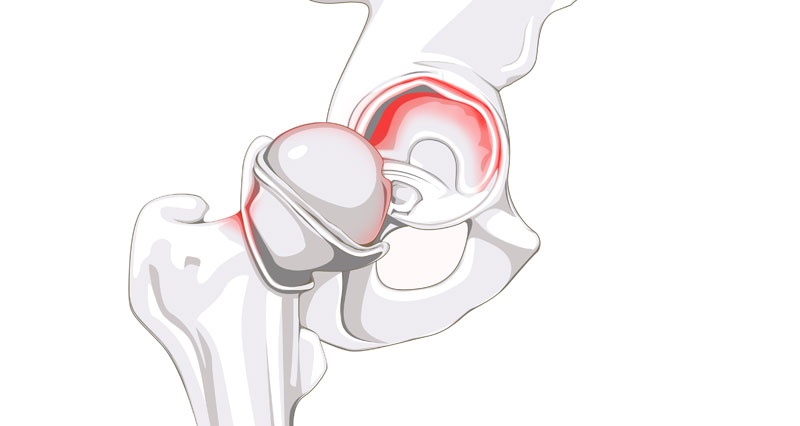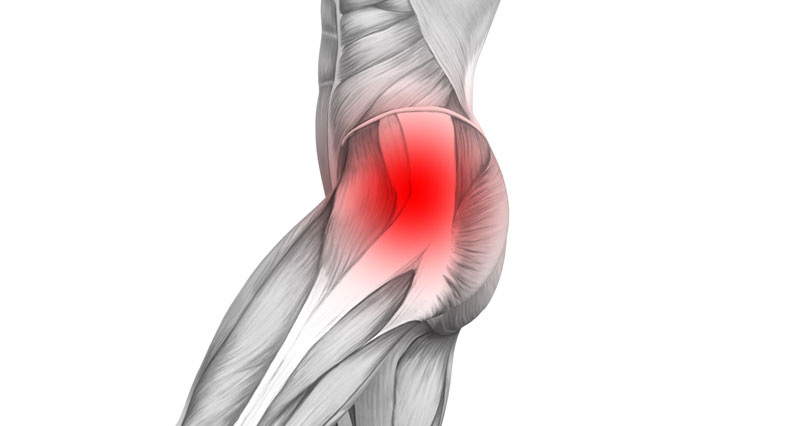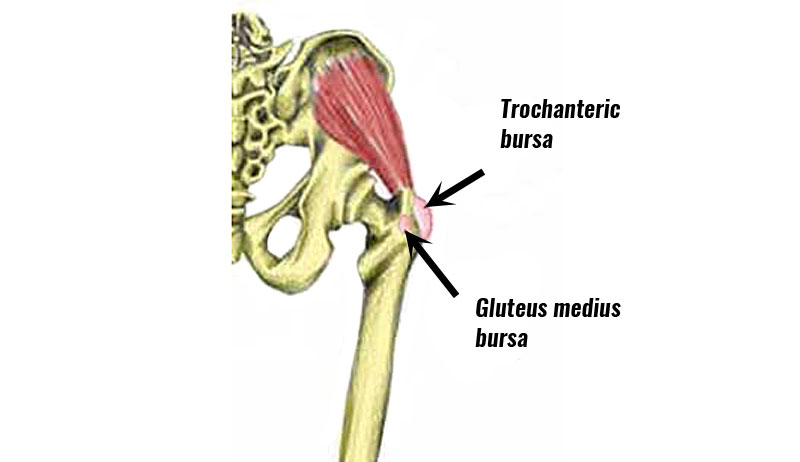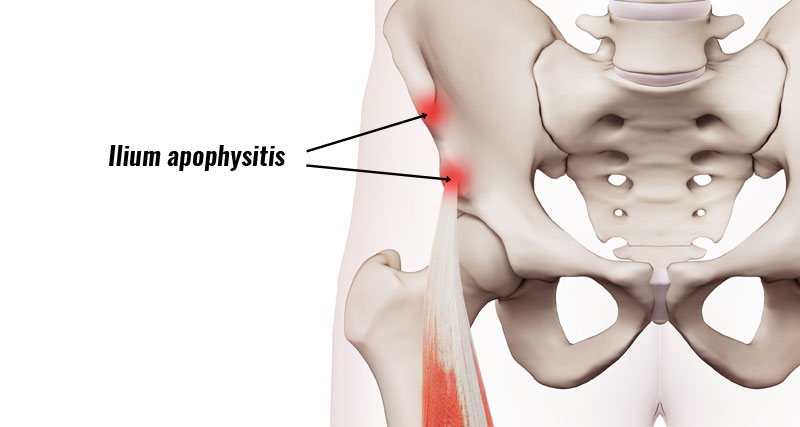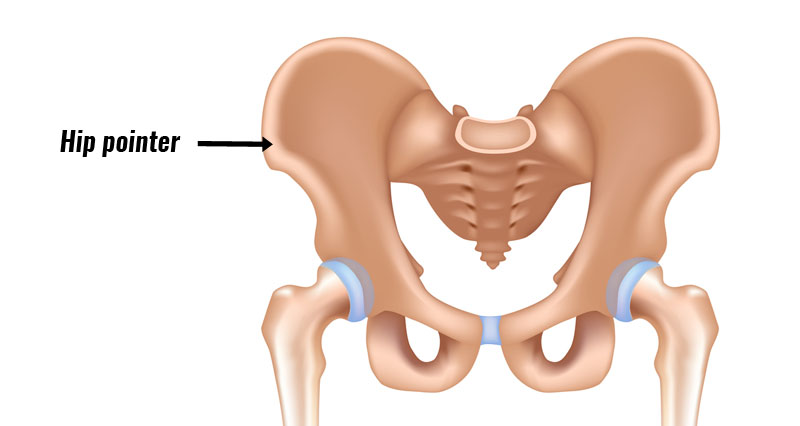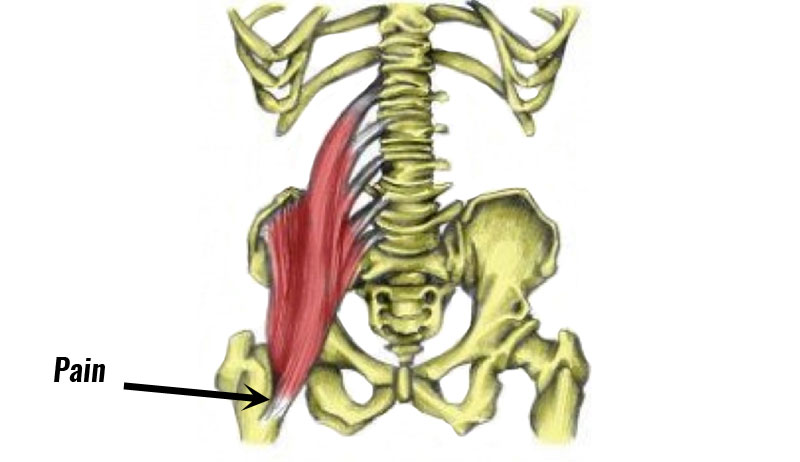Osteoarthritis is a degenerative condition resulting from wear and tear in the hip. The cartilage that covers the hip joint facilitates movement, so when this degenerates, mobility reduces while pain and stiffness increase. It is common in older people over the age of 50, especially women. Although there is no cure, there are several things you can do to ease the pain and help slow down degeneration.
Symptoms of Arthritis in the Hip
Symptoms of arthritis in the hip usually start as a pain in the joint when weight-bearing which gradually increases over time. Mobility in the joint reduces and stiffness in the hip joint gradually increases. Pain may progress getting worse and worse until it is present even at rest and at night. There may be clicking or cracking feelings and noises on movement.
Diagnosis
To diagnose osteoarthritis the clinician might:
- Assess the nature and severity of the pain.
- Measure the amount of movement in the joint.
- Take an X-ray of the hip – narrowing of the joint space is a good indicator of osteoarthritis. Bony spurs can also be seen on an X-ray
- In some cases, an MRI scan may be necessary.
- This allows the clinician to see whether soft tissue changes have taken place within the joint In certain cases a blood sample may be necessary to rule out the presence of other types of arthritis.
What is Osteoarthritis?
Within a joint, there is a very smooth fibrous connective tissue, known as articular cartilage. This covers the areas where each bone comes into contact with another (articular surfaces). In a normal joint, this articular cartilage allows for smooth movement within the joint as well as acting as a shock absorber. In addition to this cartilage is another tissue, known as the synovial membrane, which produces synovial fluid that lubricates the joint.
Osteoarthritis (also called a degenerative joint disease or degenerative arthritis) is the degradation and degeneration of this articular cartilage. As the disease progresses, the cartilage itself becomes thinner and in some cases may wear away altogether.
In addition, the bones themselves become thicker and may form bony ‘spurs’. Associated with these changes is the inflammation of the synovial membrane or thin lining which surrounds the hip joint to keep the synovial fluid or lubrication in place. All of these factors cause pain and impaired movement in the joint.
Osteoarthritis can form in any joint but is more common in weight-bearing joints such as the knee and hip.
About Osteoarthritis of the Hip
- Osteoarthritis of the hip is common in people over 50 years old.
- It can affect either one (unilateral) or both (bilateral) hips together.
- Osteoarthritis is more common in women than in men.
- Previous injury is often thought to be a cause of osteoarthritis, although this is not always the case. There is thought to be a genetic component too.
- Prolonged and excessive use as well as being overweight can contribute to the development of osteoarthritis.
- Symptoms are known to develop slowly over a number of years.
Causes of Osteoarthritis
- The exact causes of osteoarthritis are unknown however there are a number of factors that are commonly associated with the onset of the disease.
- Previous Injuries – Previous trauma to a particular joint increases the risk of osteoarthritis forming there.
- Hereditary – Some individuals have a defective gene responsible for cartilage production which increases their susceptibility to osteoarthritis.
- Weight – As osteoarthritis commonly occurs in the weight-bearing joints, like the knee and hip, excessive loading on these joints may lead to faster progression of the disease.
- Repetitive overuse – This may be a result of excessive exercising or repeated strain on a joint over a number long period of time.
- Crystal Deposits – Some crystal deposits such as uric acid crystals in gout may accumulate in joints and cause cartilage degeneration and wearing.
Treatment
As yet there is no cure for arthritis however a number of treatments can be put in place to slow the progression of the disease:
- NSAIDs- Non-Steroidal Anti-Inflammatory Drugs such as Ibuprofen can provide some temporary pain relief.
- Weight Loss – As obesity is associated with the onset of osteoarthritis, weight loss, if needed, can have a significant effect on slowing the disease progression.
- Exercise Program – A specific exercise program can help to maintain healthy cartilage and range of motion of the joint. In addition, keeping the attaching muscles and tendons conditioned and strong will aid in the joint’s stability.
- Muscle relaxants – These are usually administered in low doses and can relieve pain that arises from muscles strained in an attempt to support osteoarthritic joints.
- Heat and Cold Treatments – Local application of heat and cold can help with relief from pain and inflammation after exercise.
- Viscosupplementation – A viscosupplement can be administered as an injection by a clinician. This substance helps to lubricate the hip joint and can decrease the amount of inflammation.
- Hip Replacement – Hip replacement operations have become more frequent as procedures have advanced
Related research
No post found!
